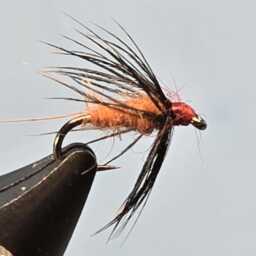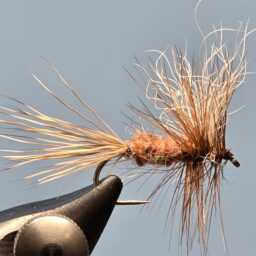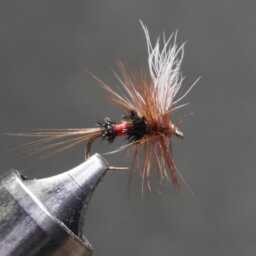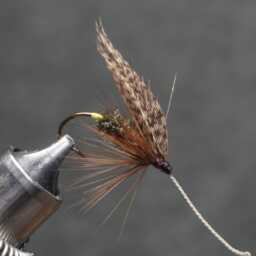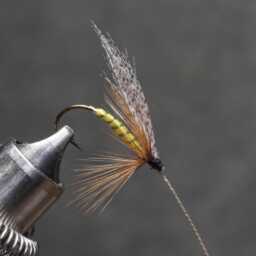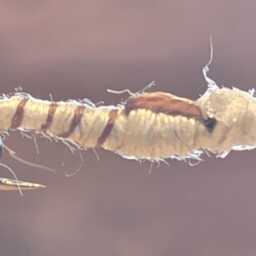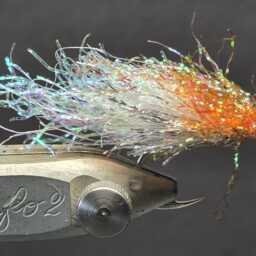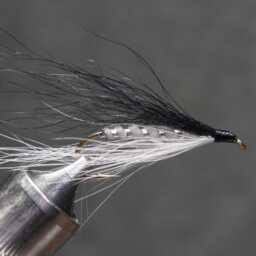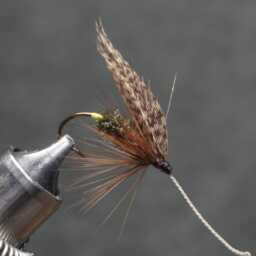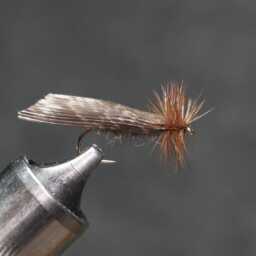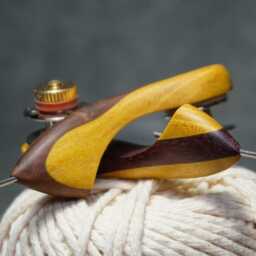Toucan feathers are highly valued in fly tying, particularly for creating vibrant salmon flies and mayfly wings. Their striking colors add a unique touch to flies, with two main subspecies commonly used: the Ariel Toucan, featuring golden yellow feathers, and the Keel-Billed Toucan, known for its lemon yellow feathers. These feathers are typically two-tone, with a pale base that transitions into a more vivid color at the tips.
Toucans are Neotropical birds belonging to the family Ramphastidae, which is closely related to the Toucan barbets. This family comprises over 40 species across five genera, all characterized by their large, colorful bills and bright plumage.
In their natural habitat, toucans are arboreal and typically lay two to four white eggs in tree hollows or abandoned woodpecker nests. They do not migrate and are usually seen in pairs or small flocks. Their distinctive bills, which can measure more than half their body length in larger species, are lightweight due to their spongy internal structure. Despite its size, the bill serves as an efficient thermoregulation system and aids in feeding by allowing toucans to reach fruit and raid nests with ease.
Toucans range in size from the small lettered aracari, measuring about 29 cm (11 in) and weighing 130 g (4.6 oz), to the large toco toucan, which can reach 63 cm (25 in) and weigh 680 g (1.5 lb). Their bodies are compact, with short necks and rounded tails, and their small wings are suited for short flights within their forested habitats. The strong, short legs and unique toe arrangement—where the first and fourth toes point backward—are adapted for their arboreal lifestyle.
Most toucans do not show sexual dimorphism in coloration, except for the genus Selenidera, which includes the dichromatic toucanets. Female toucans often have shorter, deeper bills with a more blocky appearance compared to males.
A toucan’s tongue is long, narrow, and frayed on the sides, enhancing its sensitivity. Additionally, toucans possess a unique tail structure, with three fused vertebrae that allow them to snap their tail forward to touch their head, a posture they adopt while sleeping.
« Back to Glossary Index
